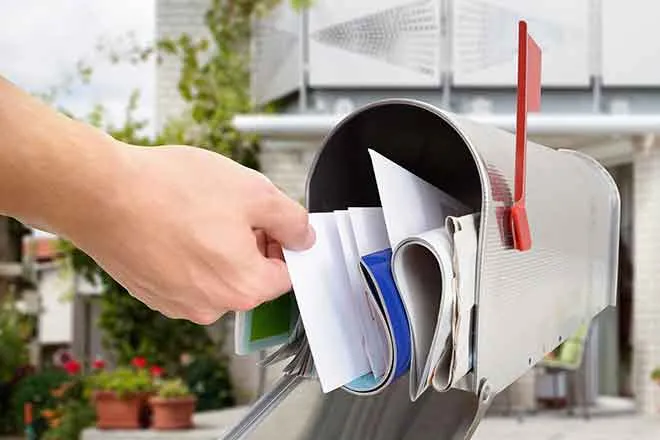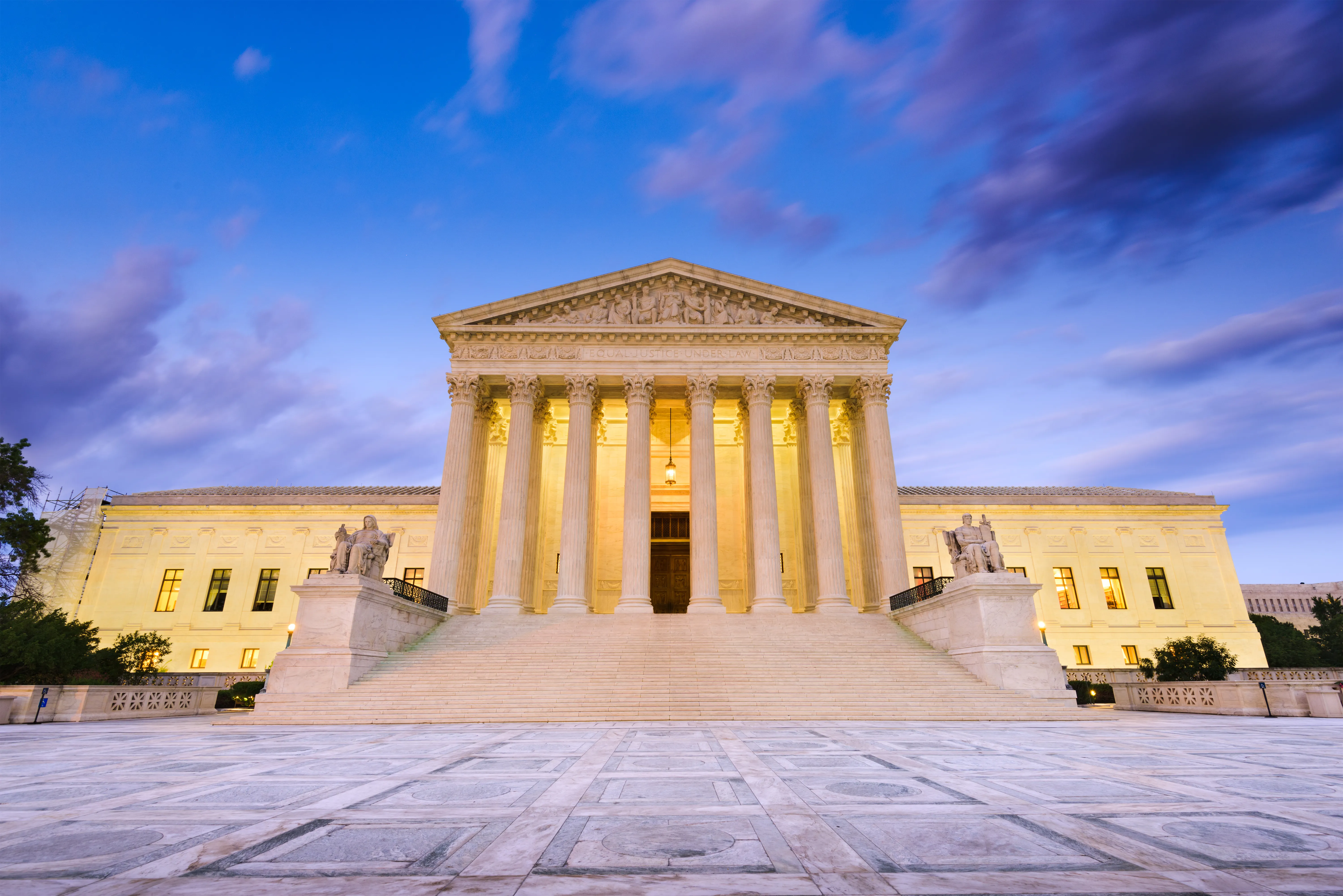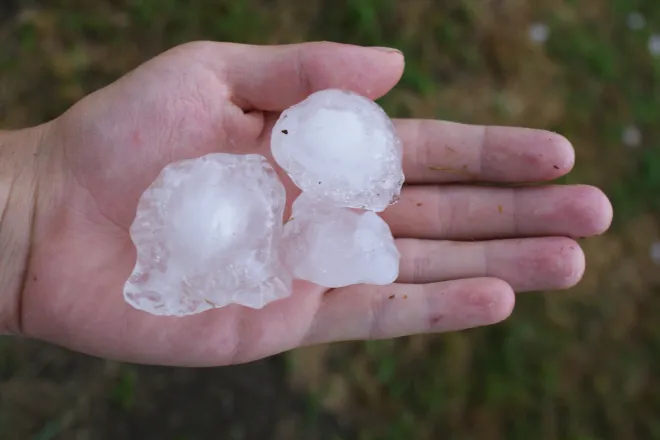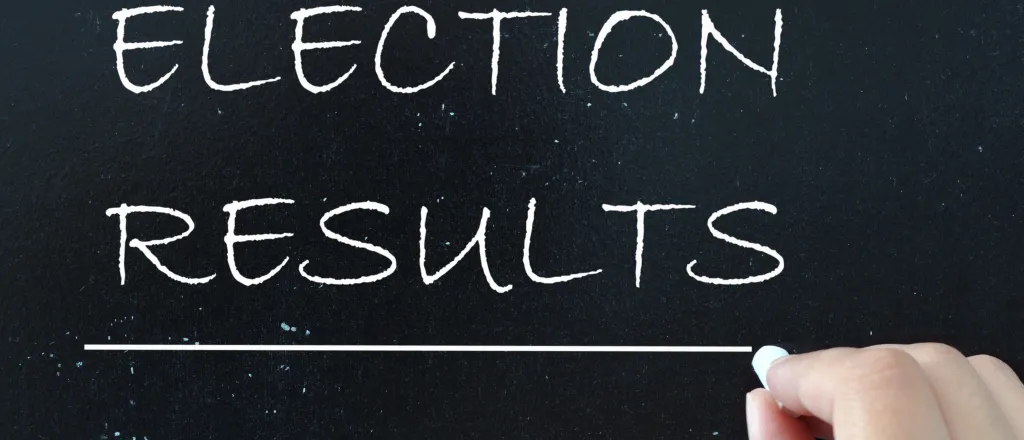
Voting basics: How Colorado keeps elections accurate and secure
(Colorado Newsline) Colorado has a variety of measures in place to ensure its elections are safe, accurate and secure.
Any voting system used in Colorado must be certified through the state. A voting system provider must apply through the secretary of state’s office, submit a test plan and run a test for the system, and meet all major requirements to be certified.
Voting systems are forbidden from being connected to the internet in Colorado. Background-checked secretary of state staff are responsible for installing voting software onto voting system computers throughout the state.
Counties with newly installed voting systems must run a test, going through all the normal steps of an election to ensure everything works properly. This includes loading an election onto the machine, using ballot marking devices, running ballots through tabulation scanners, and verifying that results match the actual count.
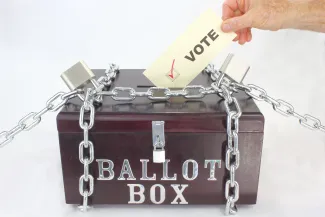
Hardware and diagnostic testing also occurs before an election to ensure all the equipment functions properly, and additional “logic and accuracy testing” is done to make sure votes are counted correctly.
Once the election is over, a statewide bipartisan risk-limiting audit is performed in each county before the results of the election can be certified. This process shows the probability that the results of the election actually reflect how voters filled out their ballots. It’s meant to double check the accuracy of a county’s ballot tabulation machines.
Colorado uses a comparison audit, in which a certain number of paper ballots are randomly selected, interpreted by someone, and compared to the voting system’s determination.
According to the secretary of state’s office, the audits performed in every election since the 2017 coordinated election have never found a discrepancy that came from a voting system not working as intended.
Colorado also requires a mandatory recount if the apparent winner is ahead by a number of votes that is 0.5 percent or less of their vote total. In 2022, the state performed a mandatory recount in Colorado’s 3rd Congressional District, where Republican U.S. Representative Lauren Boebert beat Democratic challenger Adam Frisch by 546 votes.
Ballot drop boxes must remain under 24-hour video surveillance to detect potential tampering. Some counties even livestream the footage of their ballot boxes. Areas that contain election management software must be under recorded surveillance at least 60 days before Election Day and at least 30 days after.
Colorado’s election accuracy and security rules are part of the reason the state is often said to run “gold-standard“ elections.
Colorado Newsline is part of States Newsroom, a nonprofit news network supported by grants and a coalition of donors as a 501c(3) public charity. Colorado Newsline maintains editorial independence. Contact Editor Quentin Young for questions: info@coloradonewsline.com. Follow Colorado Newsline on Facebook and X.


